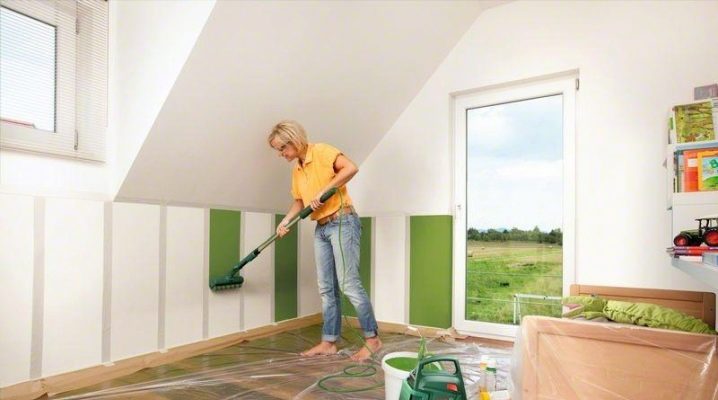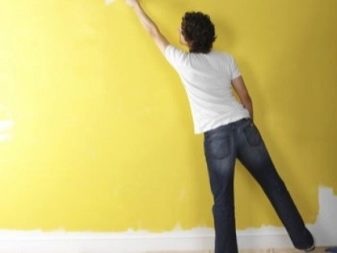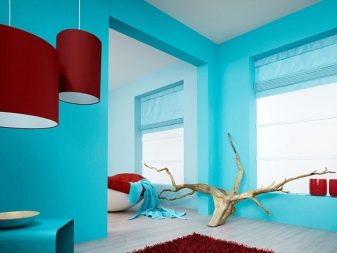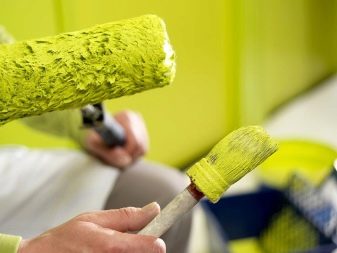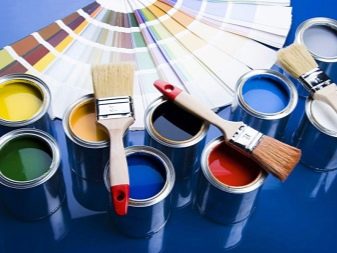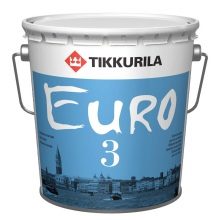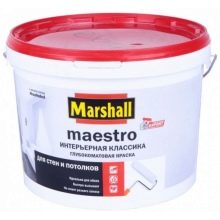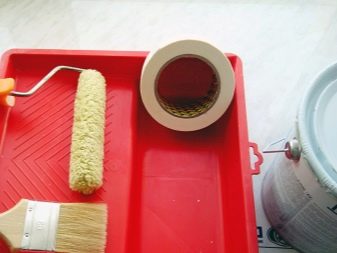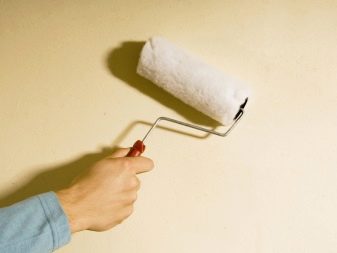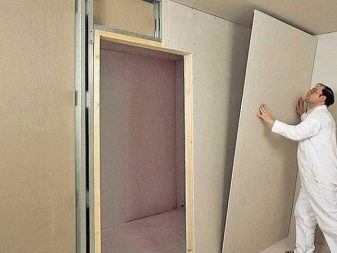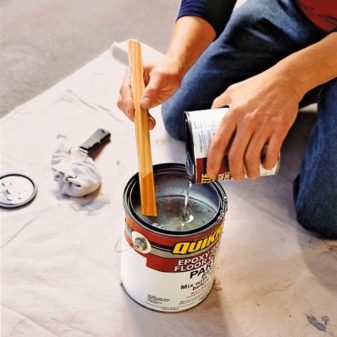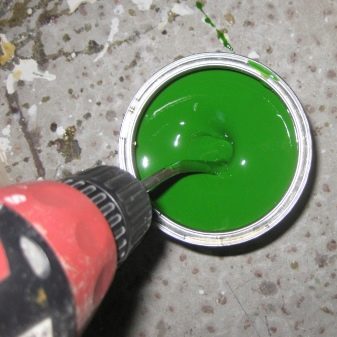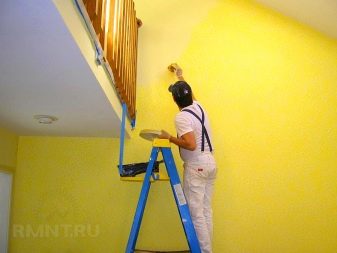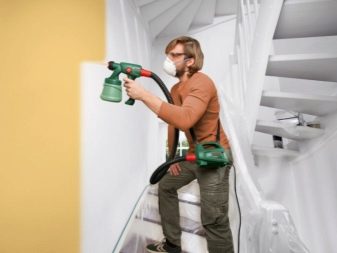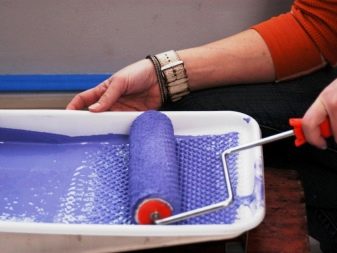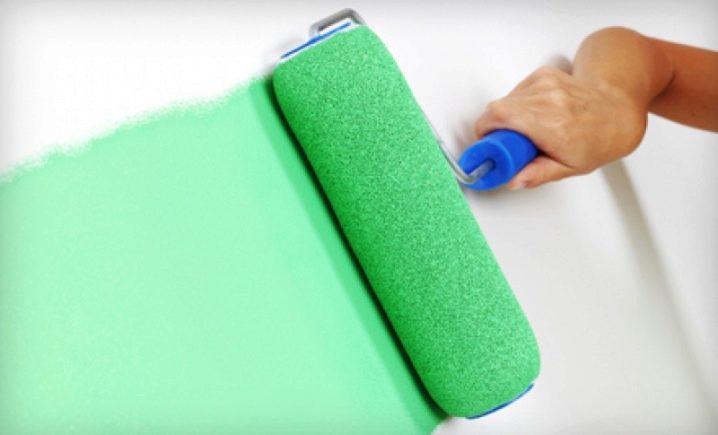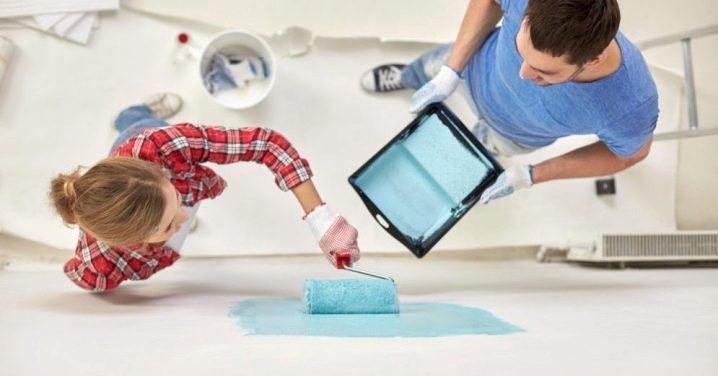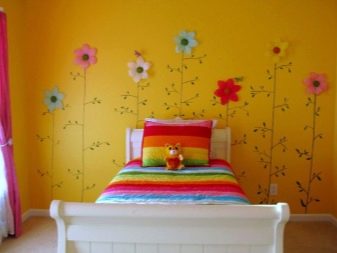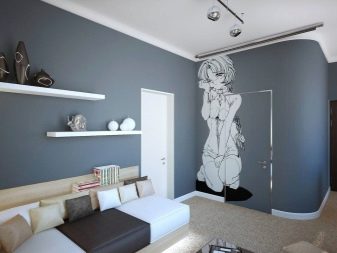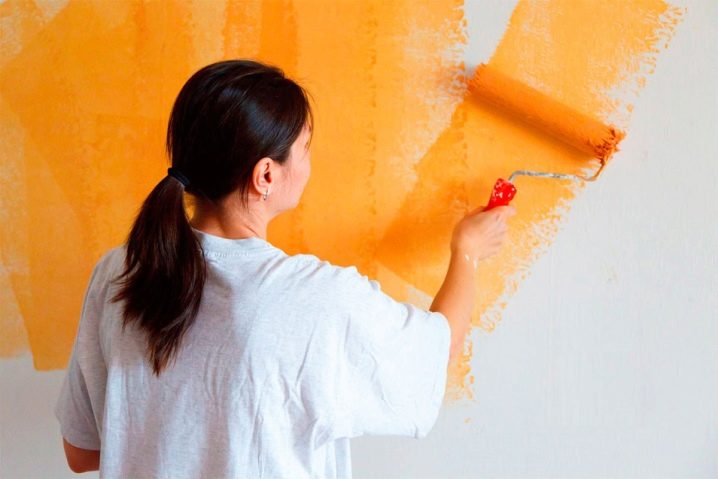Subtleties of painting walls with water-based paint
If you begin to repair the room, and you have to paint the walls and ceiling, pay attention to the water-based paint. This paint is particularly popular because of its ease of use, it is safe, dries quickly. Even the beginning painter will cope with such work.
If you do the repair yourself, you need to know certain rules and subtleties of working with water-based paints.
Features of the compositions
Choosing paintwork materials for the repair of premises, you should know that they can vary in their characteristics, have a different composition, different manufacturers. Some types of materials can be used only indoors, others are used both inside and for painting walls outside.
The selection of paint must be approached thoroughly in order to choose the right material for the job.
The basis of the water-based paint is water, where mineral components are added. After the water dries out, a strong film is formed that protects the surface from external negative impact and makes the walls and ceiling attractive.
The end result depends on which paint you use. It is possible to distinguish such types of paints and varnishes, which differ in components:
- Mineral paint. It is made by adding lime or cement to the composition. It is inexpensive, just applied, but quickly begins to fade under sunlight and is easily damaged.
- Silicate - it is produced with the use of liquid glass. Such paint can paint the room inside and outside, as the material has resistance to sunlight, increased water resistance. Having painted such a wall paint, you can forget about repairs for 10 years, the material will retain color.
- Acrylic paints. They are recommended to be used in a dry room, latex is added to the material for greater moisture resistance.After the application of this material, a smooth, smooth surface is obtained, and minor cracks on the walls are drawn in during the process.
- Using silicone paint, you can deal with cracks on the walls of a larger size, up to 2 mm. The material is quite expensive, but has many advantages: the paint falls flat on the surface, allows water vapor to pass through, and retains its qualities for a long time.
- Polyvinyl acetate paints can be used for repairs.which have many advantages. They are used for finishing porous materials such as wood, cardboard, plaster. The material dries quickly, has no harmful ingredients to health, it adheres well to the surface, after drying it turns out an excellent result.
If you have already decided to paint, it remains only to choose a good manufacturer of paints and varnishes, the quality of your repair depends on it.
Choosing paint and roller
The choice of materials and tools depends on the final result. You can choose a vacuum cleaner that will cover the surface without streaking, but practice is needed to work with the spray gun. For home use it is better to take brushes and rollers.
Choosing paint in the store, contact the seller for advice: he will help you make the right choice, tell you how to use it properly, for which premises it is intended. If there is no consultant nearby, you can read the information on the bank or listen to the advice of professional craftsmen.
The most convenient to use, possessing all the qualities for a successful painting are the materials of the following brands:
- Marshall;
- Alpina;
- Dulux;
- Tikkurila.
Of course, this list can be continued; all manufacturers try to make a quality product that will allow to carry out repair work even at home without professional help.
After you have dealt with water emulsion, you should purchase additional tools and materials. You should purchase:
- stiff brush;
- soft plastic brush;
- adhesive tape for repair work;
- sandpaper;
- a pair of rollers, select rollers with medium stiffness and length;
- Roller handles are needed that can be changed. The length of the handles for the roller 1 meter, 1.5 meters;
- putty knife;
- paint trays;
- acrylic primer. For processing 1 square. 200 ml of primer are sufficient for the surface.
In advance, find working clothes and suitable shoes, because during repair work you will not be protected from dirt and stains. Prepare dry clean rags to remove dirt and blots.
If you have to work with uneven and textured surfaces, it is better to choose rollers from which you can remove the top coat. The magnitude of the pile on the roller depends on how smooth the painted surface. On a smoother - it is better to use a roller with a short nap..
If you are painting the wall above, it is better to take a tool with an extended handle. When painting the corners and edges, use brushes with dimensions of 50 mm, 150 mm. Experts recommend painting with a nylon polyester brush., it is not deformed during operation, the composition is not absorbed into it.
Run your hand over the brush, make sure that the bristles are not lost in shape, they are easily restored. Choose a brush with a thick long cone-shaped bristles.
Surface preparation
Before you start painting, you should prepare the surface. When applied to the wall, the paint falls on a very thin layer, so the surface must be very flat, defects and unevenness, chips and height differences are excluded.
Prior to painting, the surface should be prepared: remove residues from the previous coating, clean the walls and ceiling. Stains can be washed off using a soap solution, wait until the surface is dry, and inspect it again. If the walls were previously painted, or there is a whitewash on them, such a surface must first be cleaned, it is impossible to paint it with a water emulsion. To wash whitewash from concrete surfaces, warm water with detergent is suitable.
Often there is a need to level or even reconstruct the surface. Pay special attention to the plaster, make the wall smooth. If there are cracks or chips on the wall, it is better to choose gypsum plaster, you can even out the walls alabaster. The next step will be primer - it must be applied to improve the adhesion of the material and reduce its consumption.
It is possible to reconstruct the room, level the walls and the ceiling with the help of drywall, from plasterboard sheets creating a relief surface with a variety of shapes.
Try to free the room from furniture and unnecessary items, so it will be much more convenient for you to work, and the furniture will not receive random stains from whitewashing or paint. The best option if the room will not be any furniture.
Cover the floor with foil or any other material. To keep the film lying flat on the floor and not interfering with the work, use masking tape by attaching it to the wall. So you save yourself a lot of time cleaning the floors. The film can be hung on the door to prevent debris and paint from entering the next room.
With a water emulsion you can successfully paint not only the walls, but also the ceiling. If you wanted to whiten ceilings, think, perhaps, it is advisable to paint the room, make the walls and ceiling in one tone, so the room will be brighter and more visually larger in size.
Aqueous emulsion ink is quite thick, if desired it can be diluted with water. If you have an electric drill, you can stir the mixture using a nozzle-mixer. If there is no drill, just grab a stick and mix thoroughly. Do not start work immediately after mixing, wait until the foam settles.
If you want to paint a room in a certain color, it's time to add a pigment, you can achieve about 200 shades.
Try to keep the amount of the mixture enough for the whole room, as it will be difficult to re-do the exact same tone.It is better to cook a little more mix, with a margin. By the way, you can mix the ingredients in the store or do it yourself.
Painting
Buying material, study its technical characteristics. Find out the composition, how to properly dilute, find out how to calculate how much material is needed to perform all repair work. Do not forget to see the shelf life, do not purchase expired goods, otherwise the result may not please you. If you have left the remains of old paint at home, look at the date of manufacture and the period of use.
Paint on the surface should go evenly. This can be achieved if you use the spray gun, but to produce high-quality paint and quickly complete the work, you will need training. This method is suitable for painting ceilings and walls.
With the help of brushes and roller you can paint any surface. In those places where it is inconvenient to apply the composition with a roller, brushes will come to the rescue.. These methods will allow you to quickly complete the work and reduce material consumption.
Using the advice of experienced professionals, we begin to paint the right corner of the window, moving to the door, then move towards the window again. The paint should be poured into the tray and several times rolled roller to soak it.
Each time you dip the paint roller into the paint, gently squeeze it, so you will avoid the drips. It is more convenient to start painting on top of the room, if there are drips or drops, then they will roll out with the help of a roller.
There is a certain technology for the correct application of the composition. Need to roll out paint in small areas, moving from the ceiling to the floor. You can move the roller in different directions, parallel or in the lateral direction, grabbing a little paint, so you will avoid divorces.
After painting 3-4 meters, rinse the roller with clean water, so you will get rid of dirt and dustthat hit him. If you painted the walls, and the particles of dirt and sand are left, wait until it is completely dry, remove them with a blade, and then look again, maybe you will have to repaint it again.
In order for the paint to dry slightly, 10-15 minutes is enough, so all the work must be carried out quickly.
Try not to take breaks in work, then you can complete it quickly. In the event that you did take a break and the paint is dry, the border may be different.. Paint should be 2-3 times. You should not try to paint the room at one time, causing a maximum layer.Wait for the layer to dry, then repeat the process.
If the wall remained grease stains that can shine through, you need to clean these places and paint several times. On painted surfaces, the paint falls smoothly and easily, without leaving streaks and stains. After putty, be sure to wait until the coating is completely dry. If you plan to glue wallpaper after painting, it is enough to apply one coat.
Lubrication and grinding are carried out in preparation for improved painting. In this case, you must perform several mandatory operations: to carry out the initial primer with partial lubrication, to polish the greased places, the next step will be the second priming and painting.
Design Ideas
Using paints and improvised means, you can transform the interior of the apartment. Come up with interesting options using bright color, try to apply original patterns, make the interior much brighter.
Let your designer imagination not stand still, invent, experiment, create in your apartment a world of comfort, coziness and beauty. There are a lot of interesting ideas for the decor of the rooms, find a suitable option for yourself.
Using paints, you need to know how to combine them. If you want to use several colors at once, choose:
- different shades of the same tone;
- colors similar in shade;
- one contrast color or several tones combined with each other.
If your kitchen is not so interesting, and you want it to look original, try to transform it with stencils. Make them yourself or buy in the store. Select a picture, apply several different shades using a stencil.
You can independently draw a picture on the wall, not adhering to strict lines and rules, finishing with such a pattern will allow your apartment to play in a new way. Want to get an unusual effect, wrap a clean roller with different pieces of fabric, dip it in paint and apply to the surface.
To create unusual effects is simple and interesting. Use a regular sponge, brush, rags, create textured reliefs. Your room after such effects will immediately become different.
Now it has become fashionable to decorate the walls, resorting to unusual solutions. Designers are advised to create, for example, the effect of mold or visually aging the wall, causing stains or stains on the walls.
This design solution should be treated with care and not applied throughout the room. It is better to select a part or a single wall, or make it the center of the composition in the interior.
For more tips and tricks on how to paint the walls with water-based paint, see the following video.
